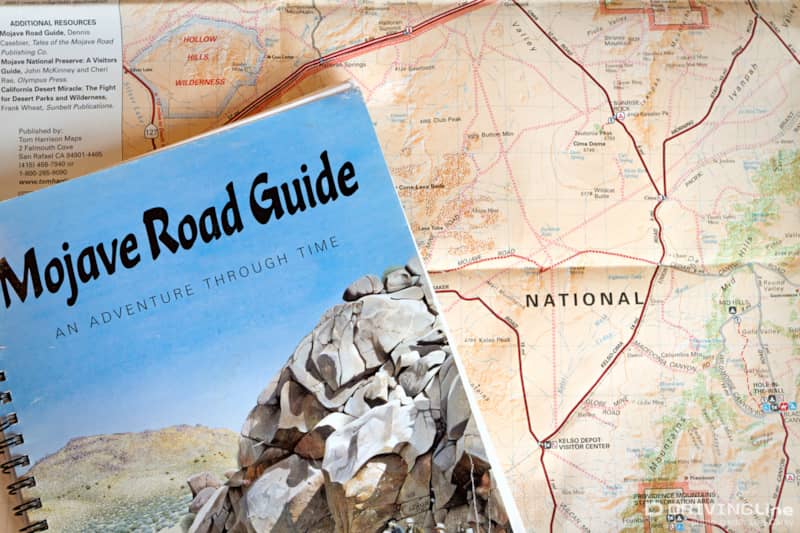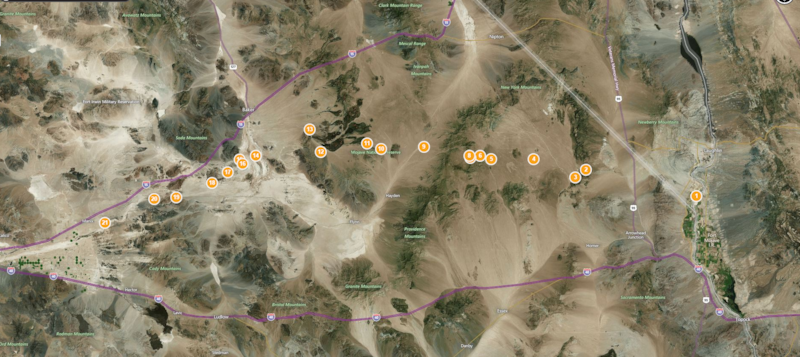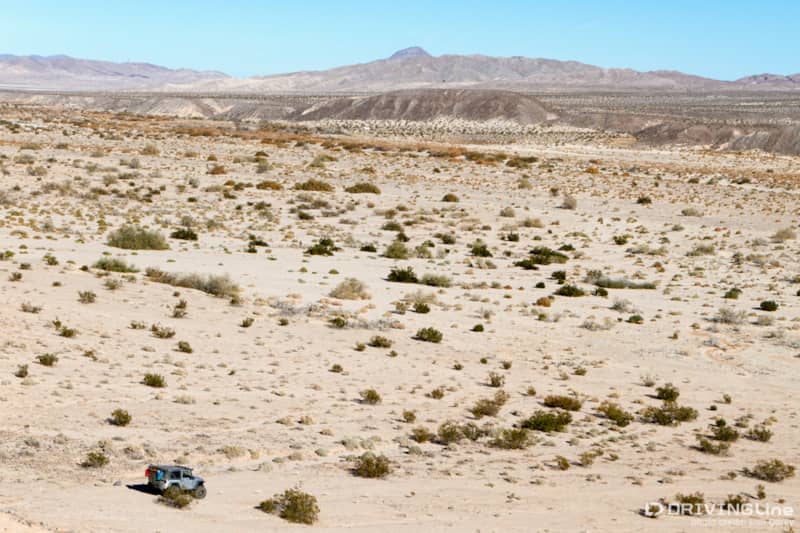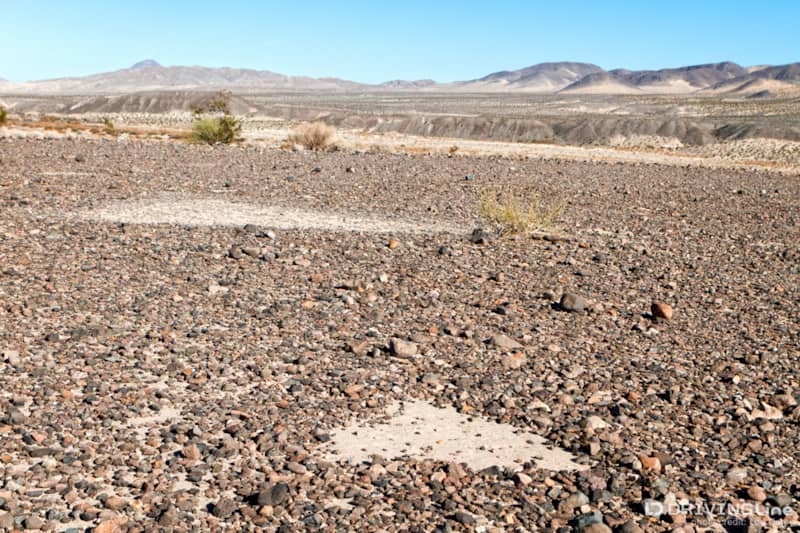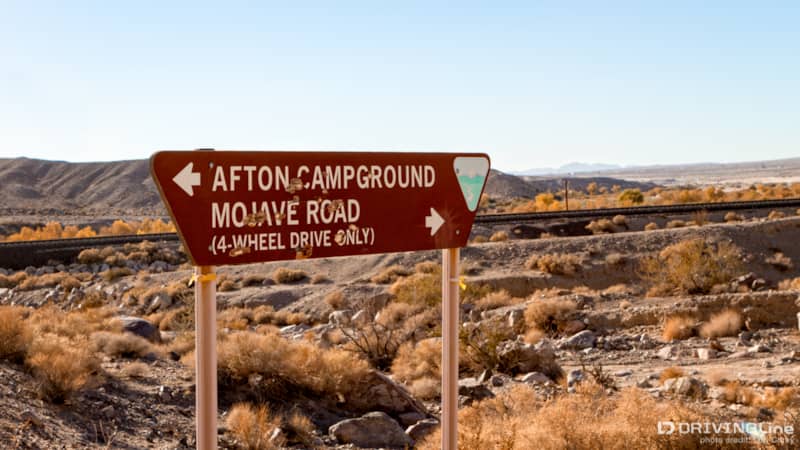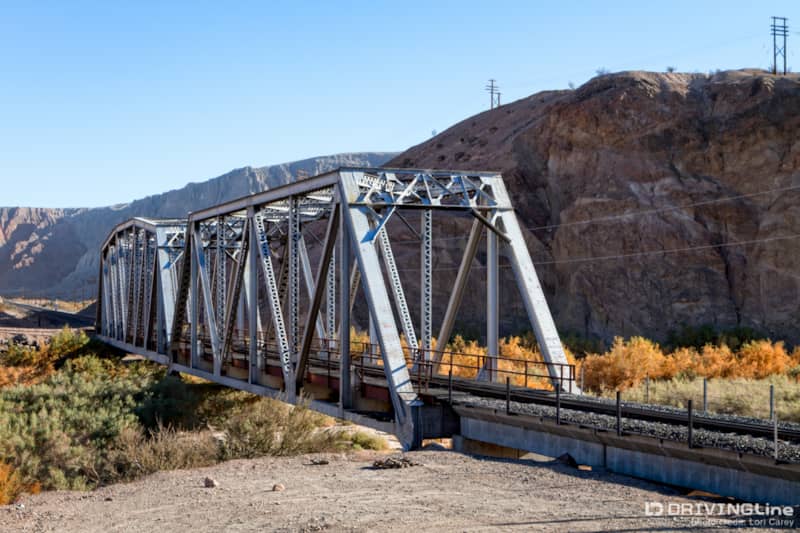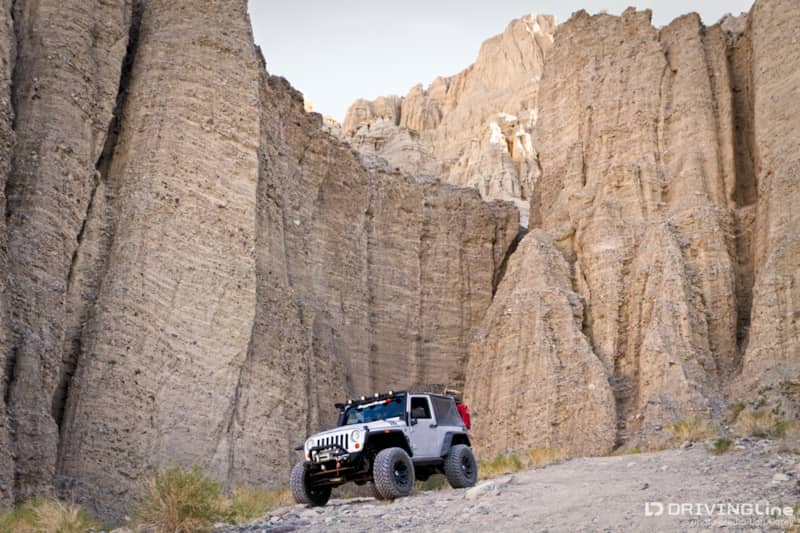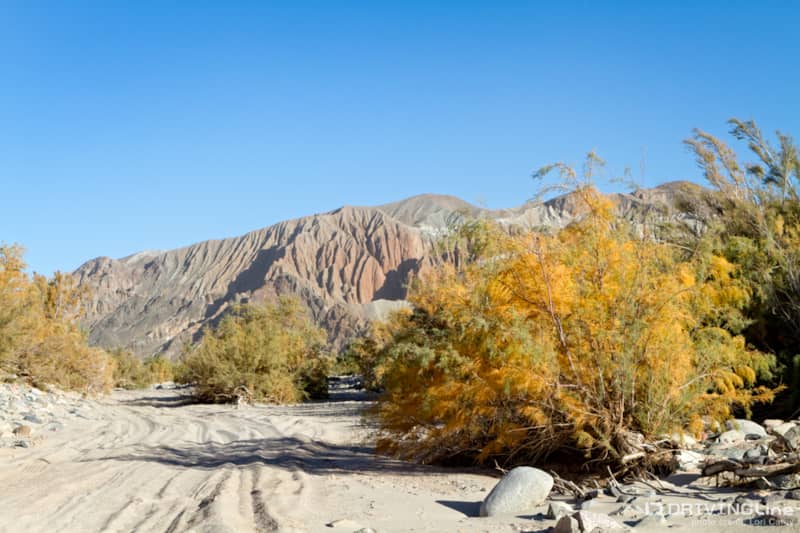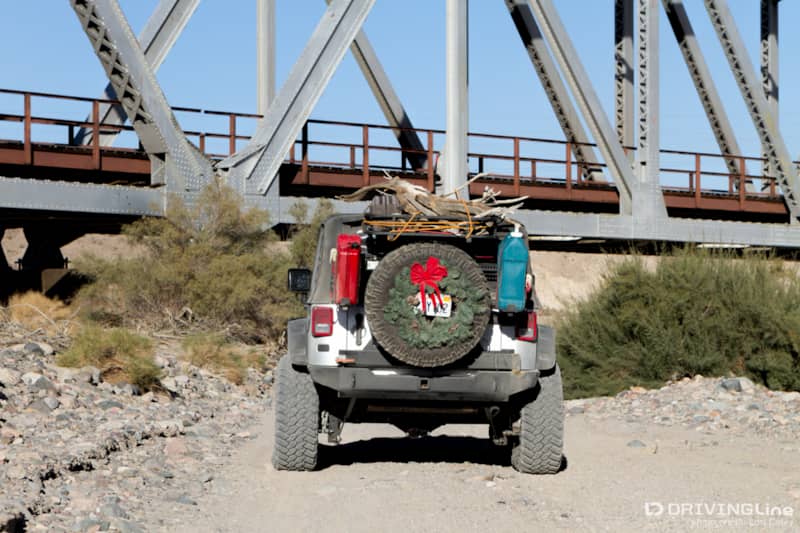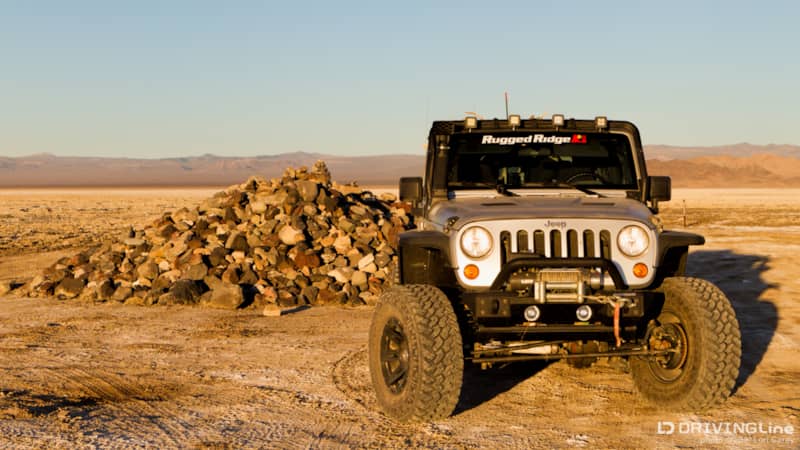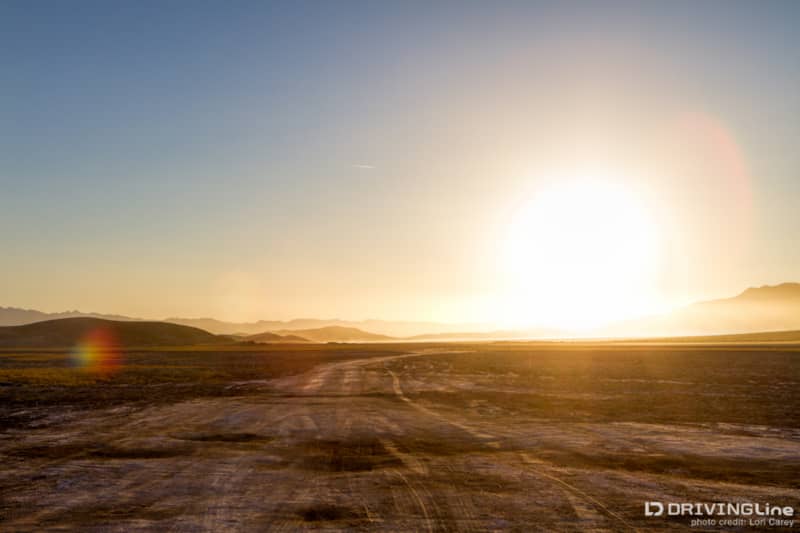Holiday on the Trails: The Historic Mojave Road
“Just pick something,” I pleaded with my husband as I handed him a stack of trail guide books. Our annual holiday adventure was supposed to begin in a few days, but I was so busy that I hadn’t found the time to plan anything. Trail planning is usually my responsibility, but I had to trust that he had learned enough to take on the job this one time. Several friends had invited us to join them on the lakebed in Johnson Valley, but I really needed to get away from the hectic pace for a few days. He poured over the books for two days and then proudly announced, “I think I’d like to do the Mojave Road again.”